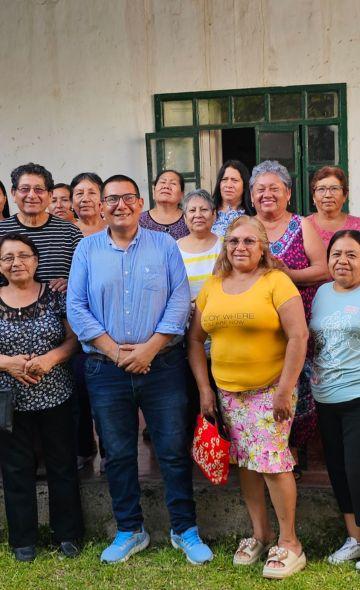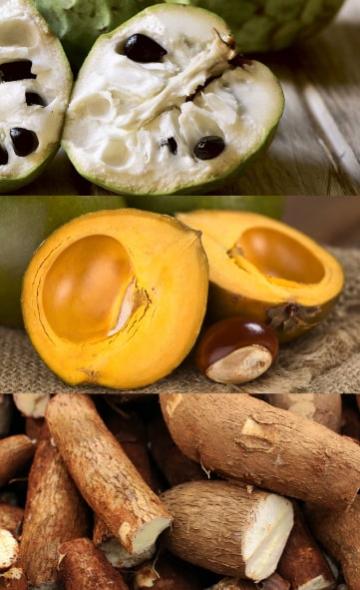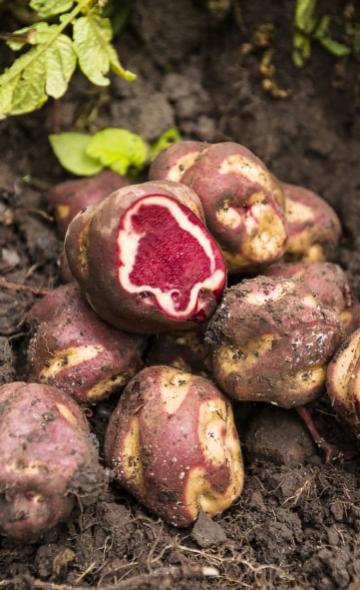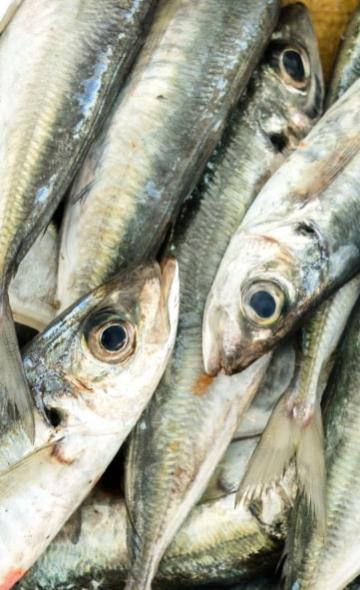- Visitors
- Researchers
- Students
- Community
- Information for the tourist
- Hours and fees
- How to get?
- Virtual tours
- Classic route
- Mystical route
- Specialized route
- Site museum
- Know the town
- Cultural Spaces
- Cao Museum
- Huaca Cao Viejo
- Huaca Prieta
- Huaca Cortada
- Ceremonial Well
- Walls
- Play at home
- Puzzle
- Trivia
- Memorize
- Crosswords
- Alphabet soup
- Crafts
- Pac-Man Moche
- Workshops and Inventory
- Micro-workshops
- Collections inventory
- News
- Students
- 10 Peruvian superfoods to include in your meals
News
CategoriesSelect the category you want to see:

What is an anaco, a garment found in the funerary bundle of the Lady of Cao and in the Lambayeque funerary bundles? ...

Inauguration of the 2025 Tourism Panel Discussions in Magdalena de Cao ...
To receive new news.
Por: Complejo arqueológico El Brujo
In a publication of the Digital Platform of the Peruvian State, it was reported that, despite the fact that a large amount of so-called superfoods are produced in Peru at affordable prices, there are still problems of malnutrition, which include chronic child undernutrition, overweight and obesity, costing the State 4.6% of its GDP, especially in children under five years of age. However, we can address this reality by encouraging the consumption of Peruvian superfoods.
What are Peruvian superfoods?
Peruvian superfoods are a group of foods with a high nutritional quality, rich in vitamins and minerals. Here are 10 of them:
.jpg)
Carob Tree
The carob bean is a highly nutritious legume, rich in fiber, minerals, vitamins of the B, C and E complex, and essential fatty acids. In the nineteenth century, Antonio Raimondi discovered pre-Columbian idols carved on carob wood in Peru, indicating their use since pre-Hispanic times.
Cherimoya
The cherimoya, native to the inter-Andean valleys of Peru, is known for its tree up to 10 meters tall and its sweet-tasting fruits, called "manjar blanco" (white delicacy) by the Spanish conquistadors. Rich in carbohydrates, cherimoya is a good source of energy and provides benefits such as regulating blood pressure, strengthening bones and muscles, fighting anemia and promoting digestion.
Potato
The potato is the tuber that is most consumed and produced in the country and can be consumed both fresh and dehydrated. Given that there is a wide variety of potatoes in the country, their nutritional values vary among each other. However, in all cases it is a source of carbohydrates, which also provides potassium, vitamin C, among other nutrients.
Lucuma
Lucuma is a wild species of Peru whose oldest evidence is recorded in 8,500 B.C. Its consumption is recommended for its antioxidant, anti-inflammatory, antibiotic and even anti-cancer properties.
Sweet potato
The sweet potato stands out for its sweet flavor. As for the antiquity of its consumption, in the case of Peru its oldest records date from 5300 to 4100 years ago. Given that it is a great source of carbohydrates, its consumption is recommended to provide energy to the body. Moreover, it is also a source of vitamin A and C and is rich in antioxidants.
Maize
There is a wide variety of maize in Peru. The purple and giant ones are two of which have the highest production and are even exported to foreign markets. But there are also other varieties of maize, such as morocho, sabanero and colorado, among others. This is considered a superfood for its high nutritional value, especially because it is rich in vitamins of the B complex.
Lima bean
The Lima bean is a legume with a high consumption in the country. Its consumption is recommended because it is a great source of carbohydrates, but also of vegetable-based proteins. In addition, it is rich in iron and vitamins B3 and C.
Sapote
The sapote is a sweet-tasting fruit that is usually eaten fresh. Despite being a nutritious food, it has a low caloric level. It is also rich in antioxidants and vitamin C. In addition, it contains minerals such as phosphorus, calcium, zinc, iron, sodium, and potassium, necessary for bone health.
Pacae
Pacae is an ancient fruit consumed for more than 8 thousand years in the territory, whose white pulp has a pleasant and sweet flavor that is also of low caloric and glycemic value. Its consumption contributes to reducing cholesterol and is rich in fiber.
Manioc
Manioc is an American tuber valued globally for its use as food and in the biofuels, biochemicals and bioplastics industries for its high starch content. There are two varieties: bitter manioc, typical of the Amazon region, and sweet manioc, common in Peru and Mexico.
The Peruvian superfoods we have mentioned here are easy to come by in local markets. Buying and consuming them is not only good for our health: it also benefits the local economy and farmers. Include them in your daily diet!
Check out all our infographics on Andean foods, here:
Students , outstanding news




